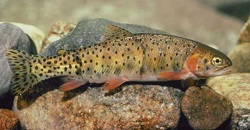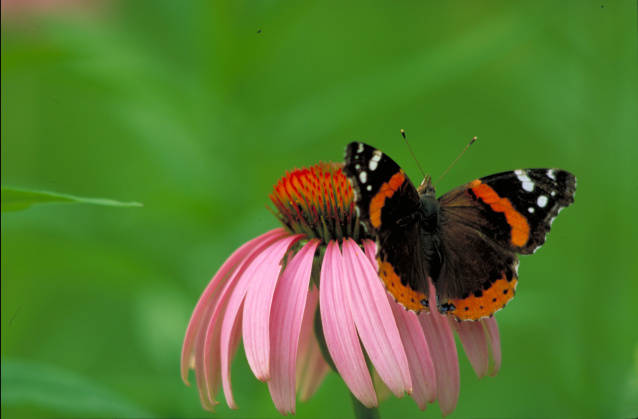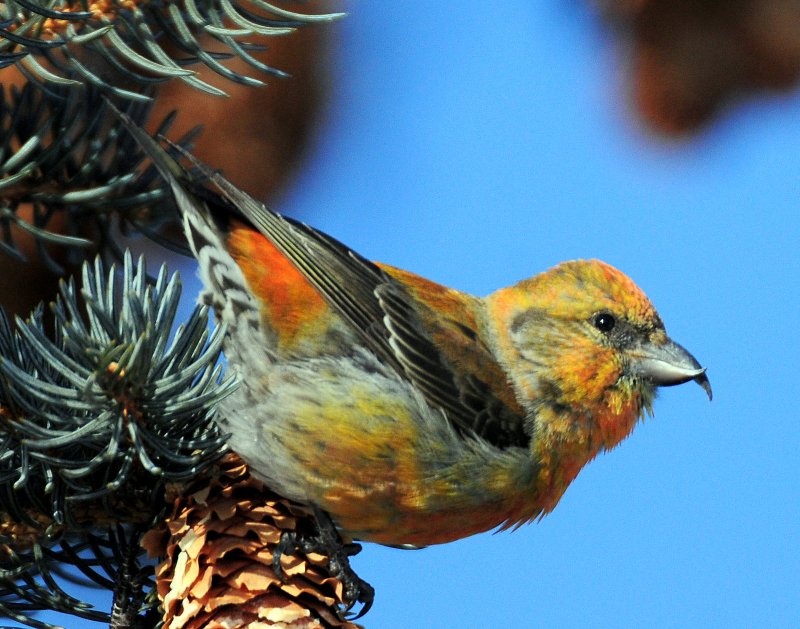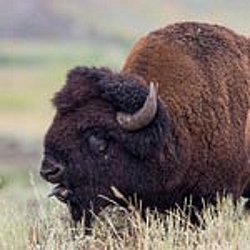
Photo Courtesy National Park Service, Neal Herbert, Photographer
Talk about iconic species at Yellowstone National Park and you’ll most likely start with bison. So tightly are these animals tied to the national parks that they’re even on the Interior Department’s emblem.
But Yellowstone bison also are controversial. Many of these shaggy animals head out of the park in winter and roam into Montana. That can be a problem, as some in Montana’s livestock industry fear bison will transmit brucellosis — a disease that can cause cows to abort their fetuses — to their herds.
Since 2000, the Interagency Bison Management Plan has governed how the park’s bison will be managed in and out of the park. Now state and federal agencies with connections to Yellowstone are working to craft a new approach.
Everything likely will be on the table as that effort moves forward, including the park’s work to maintain its bison population at a specific number.
The National Parks Conservation Association along with other regional and national organizations earlier this spring sent a letter to Montana Governor Steve Bullock and Yellowstone Superintendent Dan Wenk outlining important areas of consideration for the development of the new plan.
Those groups hope a solution can be found to killing hundreds of bison that leave the park during the winter months.
Caroline Byrd is executive director of the Greater Yellowstone Coalition. She says the effort to craft a new management plan “offers the opportunity to improve, update and shift the management of Yellowstone bison and reduce the annual cycle of controversy and conflict that has characterized the public debate regarding bison management for too long.”
A new management plan, she says, should be “rooted in science, reflect the changes that have occurred in the past decade, incorporate our knowledge and experience managing bison, and chart a new course for bison conservation and management that is good for bison, good for Yellowstone National Park, good for the State of Montana…”
You can lend your thoughts to the process, too, as a public comment period on aspects that should be covered in an environmental impact statement are being accepted into June.
To comment, visit Yellowstone National Park’s website (www.nps.gov/yell) click on the “Get Involved” link in the left hand column, and then on the “Planning” link.
For Wild About Utah, this is Jameson Clifton with National Parks Traveler

Photo Courtesy National Park Service, Neal Herbert, Photographer
Credits:
Image: Courtesy US National Parks Service, Neal Herbert, Photographer
Text: Jameson Clifton, NationalParksTraveler.com.
Additional Reading:
Bison Gores, Tosses Australian Visitor Several Times At Yellowstone National Park, NationalParksTraveler.com, National Parks Traveler Staff,
Yellowstone bison might look tame as cattle, but an Australian man discovered they are not/NPT file photo A bison whose space was invaded by Yellowstone National Park visitors Tuesday … not released. This is the second bison goring incident this year in Yellowstone. Last month a 16-year-old …
Teenager Posing For Picture Gored By Bison At Yellowstone National Park, NationalParksTraveler.com, National Parks Traveler Staff,
Yellowstone bison might look tame, but they can quickly charge you/Kurt Repanshek A 16-year-old exchange student was recovering Saturday from being gored by a bison at Yellowstone National … A 16-year-old exchange student was recovering Saturday from being gored by a bison at Yellowstone National Park. …
Agencies Working To Replace Interagency Bison Management Plan For Yellowstone National Park, NationalParksTraveler.com, National Parks Traveler Staff,
public ideas on how best to manage bison that leave Yellowstone National Park , the first step … the livestock industry in Montana largely opposes Yellowstone bison leaving the park and heading into lower … the park’s work to maintain its bison population at a specific number. A year ago Yellowstone spokesman Al …
Bison Removal In Yellowstone National Park Draws Protests, NationalParksTraveler.com, National Parks Traveler Staff,
Plans by Yellowstone National Park officials to remove roughly 1,000 bison from … and slaughter program, implemented by the National Park Service, is meant to keep the Yellowstone bison … support relocating Yellowstone bison to start herds elsewhere in their state. “(Montana) Governor …

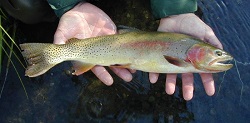
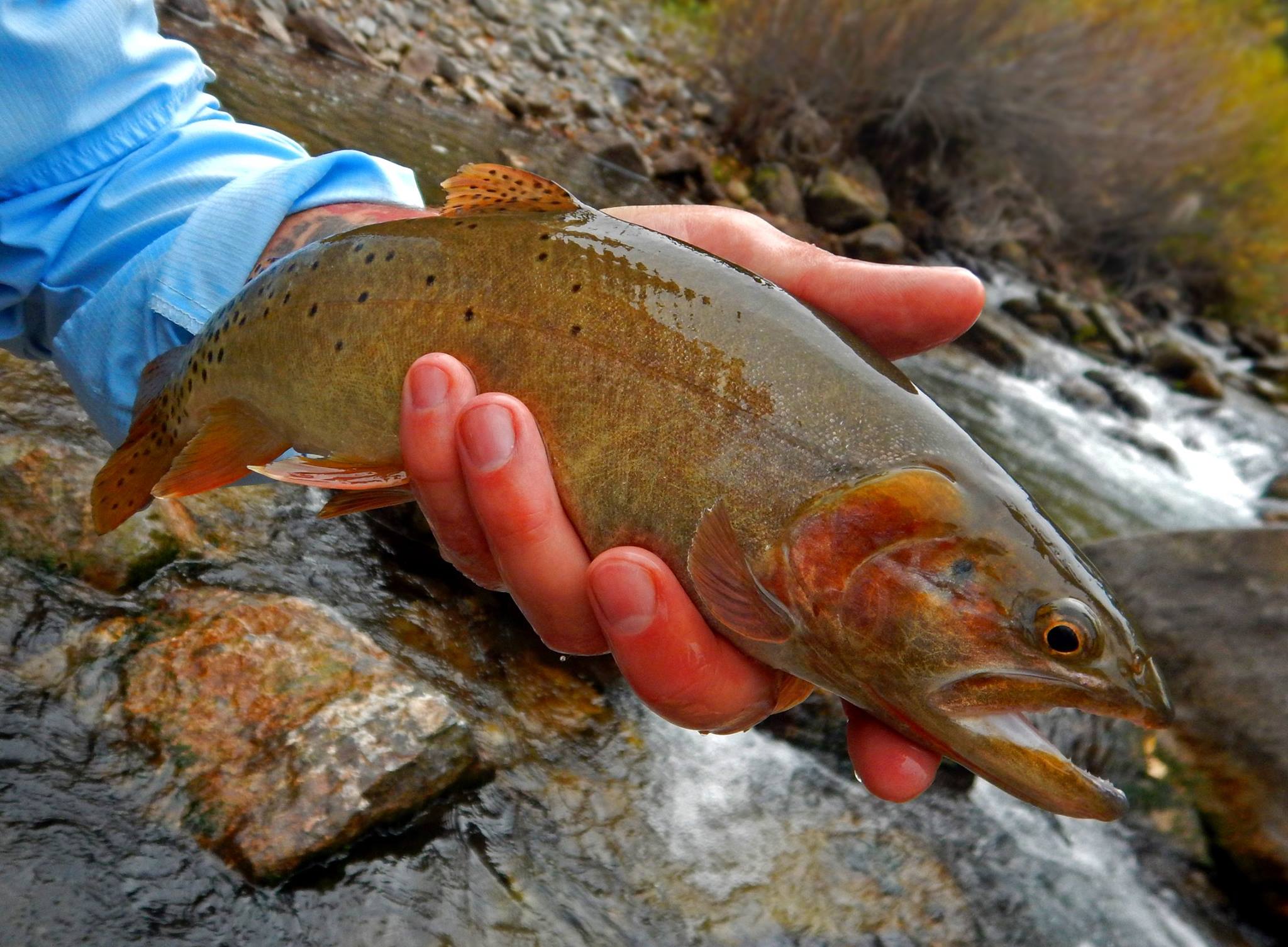 Cutthroat Trout on the Logan River, Copyright (c) Chadd VanZanten, Photographer
Cutthroat Trout on the Logan River, Copyright (c) Chadd VanZanten, Photographer